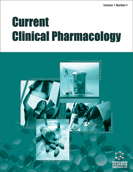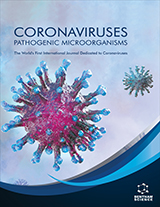Abstract
LSD is a potent hallucinogen. It was first synthesised in 1938. It is marketed
under numerous names. Ergot, a fungus that develops on rye and grains, is used to
make LSD. The effect of LSD is mind-altering, pleasurable, and stimulating.
Sometimes, exposure to this drug causes so-called unpleasant experiences, such as “bad
trips”. It is classified as a Class 1 drug (highly abused) by the Drug Enforcement
Agency. Paranoia or psychosis can occur as a negative sequence of taking LSD.
Changes in perception, sense of time and space, and mood are reported due to the use
of LSD. This medication can be taken orally or through the tongue using tablets,
droplets, or blotter paper. LSD is marketed in the streets as blotter paper, thin squares
of gelatin, tablet form, liquid sugar cubes, and pure liquid form. Since this is a mindaltering drug, it causes changes in serotonin levels in the brain. LSD affects one's
ability to make rational decisions. Speaking with a healthcare professional, talk
therapy, and additional medical therapy are options since there is no medication to treat
LSD.






















